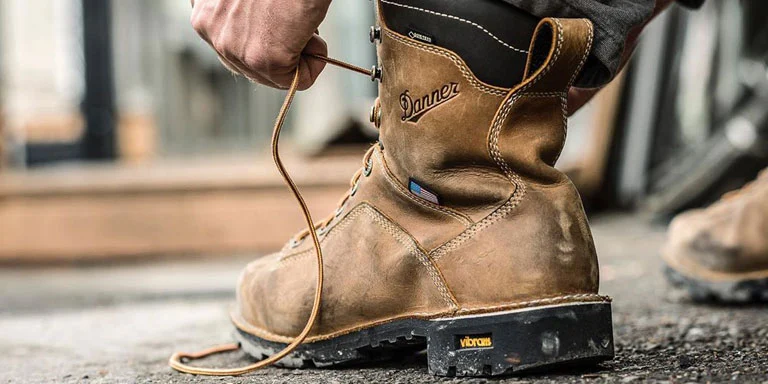Are you sure you’re wearing the right boots for your job? Choosing the appropriate footwear is crucial to ensuring comfort and protection throughout the workday. With so many tasks requiring different levels of safety, picking the right boots can be difficult.
Thus, knowing what features to look for in a pair of safety boots is essential. By understanding these factors, you’ll be better equipped to choose the perfect pair for your needs. In this guide, we will help you navigate the key factors to consider when selecting.
Assessing the Work Environment
The first step in choosing safety footwear is understanding your work environment. Are you working on a construction site, in a warehouse, or handling chemicals? Each environment presents different risks, and your boots must address these dangers. For example, construction workers may need steel toes and puncture-resistant soles. Meanwhile, those working with chemicals might require boots made from materials resistant to corrosive substances.
Selecting the Right Boot Material
The material of your boots plays a crucial role in both comfort and protection. Leather is often favoured for its durability and ability to resist water. However, synthetic materials like nylon or rubber are often lighter and more flexible, making them ideal for jobs that require a lot of movement. It’s important to match the material of your boots with the demands of your job to ensure long-lasting comfort and safety.
Considering the Fit and Comfort
A good fit is essential when selecting boots. Too-tight ones can cause blisters and discomfort, while too-loose ones may lead to instability and accidents. When trying them on, wear the same socks you would wear on the job. Walk around and test how they feel. Remember, you’ll be spending long hours in them, so comfort is just as important as safety.
Evaluating Protective Features
These boots come with various protective features designed to prevent injuries. Common features include steel or composite toes, slip-resistant soles, and electrical hazard protection. Depending on your job, you may also need footwear with metatarsal guards, ankle support, or insulation against extreme temperatures.
Ensuring Durability and Longevity
Investing in durable boots can save you money and reduce the risk of injury. Look for ones made from high-quality materials with reinforced stitching and strong soles. Boots resistant to wear and tear will last longer and provide consistent protection. Regularly inspect them for signs of damage and replace them when necessary to ensure they offer adequate protection.
Balancing Safety and Style
While safety should always be your top priority, there’s no harm in considering style. Modern boots come in various designs and colours, allowing you to find a pair that suits your taste. Many brands now offer sleek designs that blend functionality with aesthetics. Just make sure that style doesn’t compromise the safety features you need for your job.
Budgeting for Boots
Quality boots can be a significant investment, but they are worth the cost. Set a budget that allows you to purchase a pair with the necessary protective features and materials. While opting for a cheaper pair might be tempting, remember that investing in high-quality footwear can prevent injuries and provide better long-term value.
Evaluating Comfort and Fit
Comfort and fit are just as important as protection when choosing these footwear. If they don’t fit well, they can cause blisters, fatigue, and long-term foot problems. Try them on when your feet are slightly swollen at the end of the day, as this gives a more accurate fit. Look for the ones with cushioned insoles and proper arch support to keep your feet comfortable during long shifts.
Choosing the right safety boots for your job is a critical decision that can impact your comfort, safety, and overall job performance. You can find the perfect pair to meet your needs by considering the above-mentioned factors. Remember to balance safety with style and budget accordingly. With the right pair, you’ll be well-prepared to tackle the demands of your job safely and comfortably.







